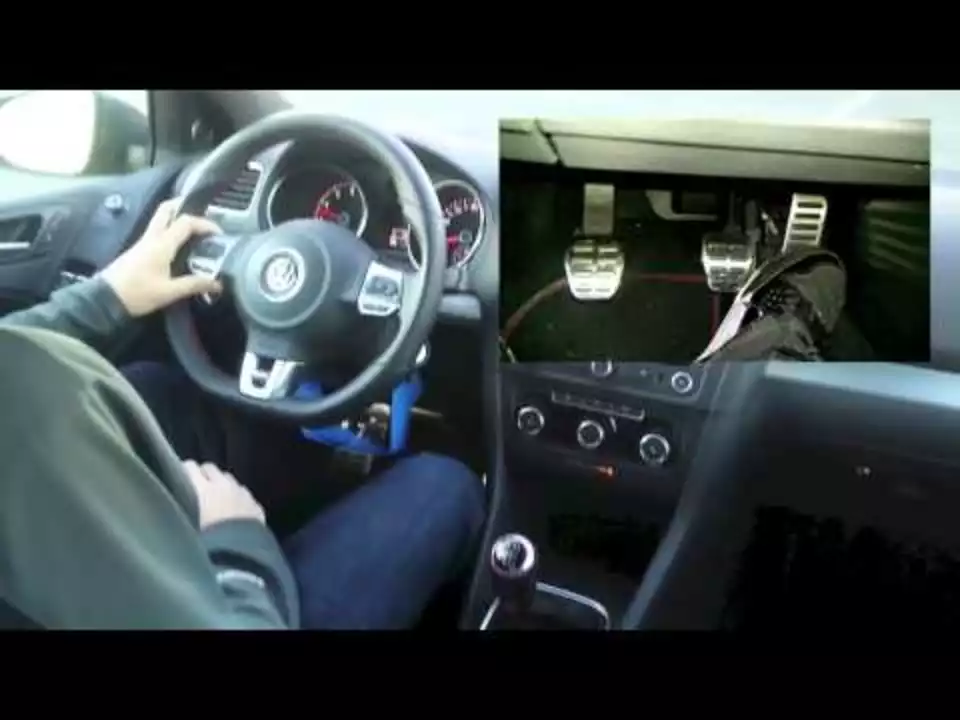As a car enthusiast, I've often wondered if manual transmission cars are better for racing. After researching, I've found that manual transmissions allow drivers to have more control over their vehicle, which can lead to better performance on the track. Additionally, manual cars tend to be lighter and more responsive, giving racers an edge in competitive scenarios. However, advancements in automatic transmission technology have closed the gap, making it more of a personal preference than a definitive advantage. Ultimately, the choice between manual and automatic transmission for racing comes down to a driver's skill and comfort level behind the wheel.
Are Manual Transmission Cars Better for Racing? – May 2023 Archive
Ever wondered if a stick‑shift can actually shave seconds off a lap? You’re not alone. Lots of fans swear by the feel of a manual gearbox, while others rave about the lightning‑quick shifts of modern automatics. In this roundup we break down the real advantages, the tech tricks that level the field, and what the choice really means for a driver on the track.
Why Manuals Feel Faster
First off, a manual gives you direct control over gear selection. When you’re chopping corners, you can hold a gear that keeps the engine in its sweet spot and avoid the automatic’s habit of hunting for the next shift. That hands‑on feel also lets you track RPMs more precisely, which can translate into better acceleration out of a turn.
Weight matters, too. Manual transmissions are usually lighter because they lack the complex hydraulic and electronic components of dual‑clutch or automatic units. Less weight over the rear axle means a more responsive rear end, especially in lightweight race cars where every gram counts. The result? A car that feels more eager to change direction and less sluggish when you hit the gas.
When Automatics Catch Up
Don’t count out the newest automatics just yet. Dual‑clutch systems can shift in under 100 milliseconds—faster than most humans can press a clutch pedal. They also use computer‑controlled maps to keep the engine in its optimal power band, which can trump a driver’s best effort, especially on long straights where flawless shifts matter.
Advances in paddle‑shift technology mean you can keep both hands on the wheel while changing gears. That improves cornering stability and reduces the chance of a missed shift, something a novice driver might struggle with in a manual. For many professional series, the governing bodies now permit semi‑automatic gearboxes because they make races safer and more consistent.
So where does the decision land? It often boils down to driver skill and personal preference. A seasoned driver who loves to feel every rev can extract more performance from a manual, while a newer driver might benefit from the confidence boost an automatic provides. Both setups can win races—just not in exactly the same way.
Another factor is car setup. If you’re running a lightweight, rear‑wheel‑drive track car, the manual’s weight savings can be a noticeable edge. If you’re in a heavier, front‑wheel‑drive sedan, the power‑train’s efficiency and shift speed might outweigh the manual’s tactile benefits. Knowing your car’s characteristics helps you decide which transmission aligns best with your racing style.
What about maintenance? Manuals are simpler mechanically, so they’re generally cheaper to fix and easier to tune for specific gear ratios. Automatics, especially those with complex electronics, can be pricier to maintain and require specialized tools. That can factor into a hobbyist’s budget, especially if you’re running a tight race‑day schedule.
Bottom line: there’s no universal answer. Manual gearboxes still offer a pure, driver‑focused experience that can translate into better lap times for the right person. Modern automatics have closed the performance gap and bring consistency, speed, and convenience. The best way to know which works for you is to get behind both and feel the difference on the track.
